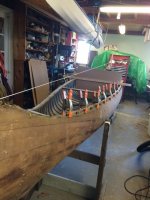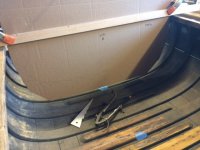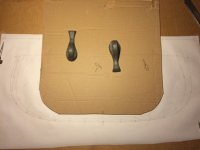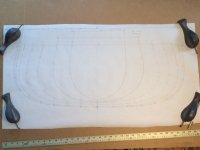- Joined
- Mar 20, 2013
- Messages
- 3,356
- Reaction score
- 475
Good day, I would like to know how to copy an existing hull to then modified( shrink it a little where I think it need to shrink...) to then make stations and sting back an build a boat?!?!
if that make any sense!!
if that make any sense!!




